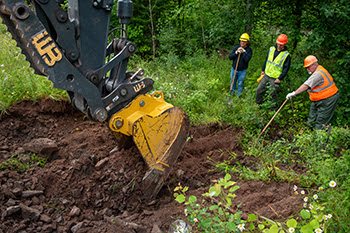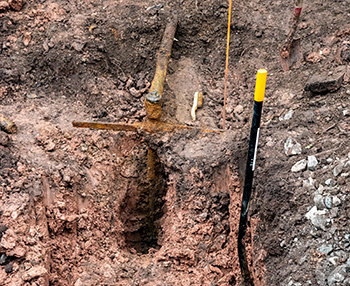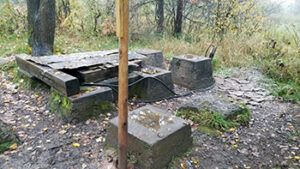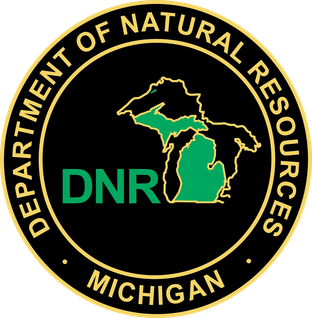Michigan: water source confirmed in Ontonagon County, search for viable water supply continues


Piping determined to be too fragile for continued use
While the source of water supplying two residences and an unregulated trailside spigot has been confirmed in Ontonagon County’s Greenland Township, the search for a safe, viable and affordable water supply continues.
A Michigan Department of Natural Resources crew recently uncovered an old wellhead off the Bill Nichols Rail-Trail that has been determined to feed the homes and the trailside stop where the water has been used for drinking water and other watering needs for decades.
The Michigan Department of Environment, Great Lakes and Energy has granted the DNR an extension into September to determine whether potential alternatives exist that might keep the water available to the public.
The DNR is under an order from EGLE to disable the makeshift drinking spigot along the trail and close off access to the water.
A search of historic maps and documents, as well as interviewing locals familiar with the area, has been ongoing for several months.
Earlier this summer, a 3-inch diameter water pipe was temporarily shut off to determine whether it fed the homes and the spigot. After about three hours, the water did stop flowing to the residences and the trailside water stop.
| That pipe was then followed west.
In July, a DNR crew found the wellhead a short distance off the trail, roughly a half-mile from the unregulated spigot, which is situated not far east of M-38 at the former site of Lake Mine, a historic mining community. A backhoe was used to remove several feet of dirt and rocks to uncover the wellhead, which is located on land administered by the DNR’s Forest Resources Division. The buried pipe was surrounded by wooden boards that helped to stabilize the pipe casing. It is unknown how deep the vertical pipe goes into the ground, but officials with EGLE said the water supply was likely an artesian flow underground that was drilled into through native clay. EGLE officials said previously that if the source well construction was verified it would help determine if the well could be used in its current condition, might be modified to meet well construction standards, or will need to be plugged and abandoned. Last week, DNR and EGLE officials met with county and township officials to discuss the latest developments in the investigation. “We found the wellhead, but we cannot support its continued use,” said Rob Wolfe, EGLE’s district environmental analyst in Ontonagon County. “We are looking for providing a viable option.” Wolfe said the old piping is “too fragile” for continued use. If the pipe were to break, it would be unlikely that it could be repaired. |
| The DNR had planned to have a well-drilling company insert a camera into the pipe to learn more about exactly what was occurring underground, but the idea was scrapped to spare expense once EGLE judged the condition of the aged pipe unacceptable for continued use.
Additional concerns include the water system’s pipe depth of only roughly a foot underground in many places. EGLE officials said in the Upper Peninsula, water piping is usually placed at least 7 feet below the ground to prevent winter frost breakage. Costs are also a significant concern for drilling a new well at the site of the wellhead. Wolfe said he anticipated that digging a 7-foot-deep trench the roughly half-mile from the wellhead nearer to the homes and trailside spigot would be cost prohibitive. Funding options are being explored and landowners have also bee contacted should easement issues be of concern. The main option now being explored is to dig a new well to service the homes and the trailside water outlet, but the question is where? With no detailed maps of underground water sources available for the Lake Mine area, it may prove difficult to determine a good location to drill. Next steps for DNR officials include consulting a well-drilling company for more information on local hydrology in hopes of finding a place to sink a well closer to the homes and spigot and yet able to be developed as a safe drinking water source. The DNR has been working cooperatively with the local health department, EGLE, the Michigan Department of Health and Human Services, Ontonagon County and Greenland Township to address concerns at this site. The offices of state legislators Ed McBroom and Greg Markkanen have also been involved. For now, an advisory notice posted at the site against using the water from the roadside spigot will continue, though EGLE representatives said signage cannot be a long-term solution, only a short-term mitigation. |
Contact: John Pepin, 906-226-1352 or Stacy Welling-Haughey 906-235-2092






